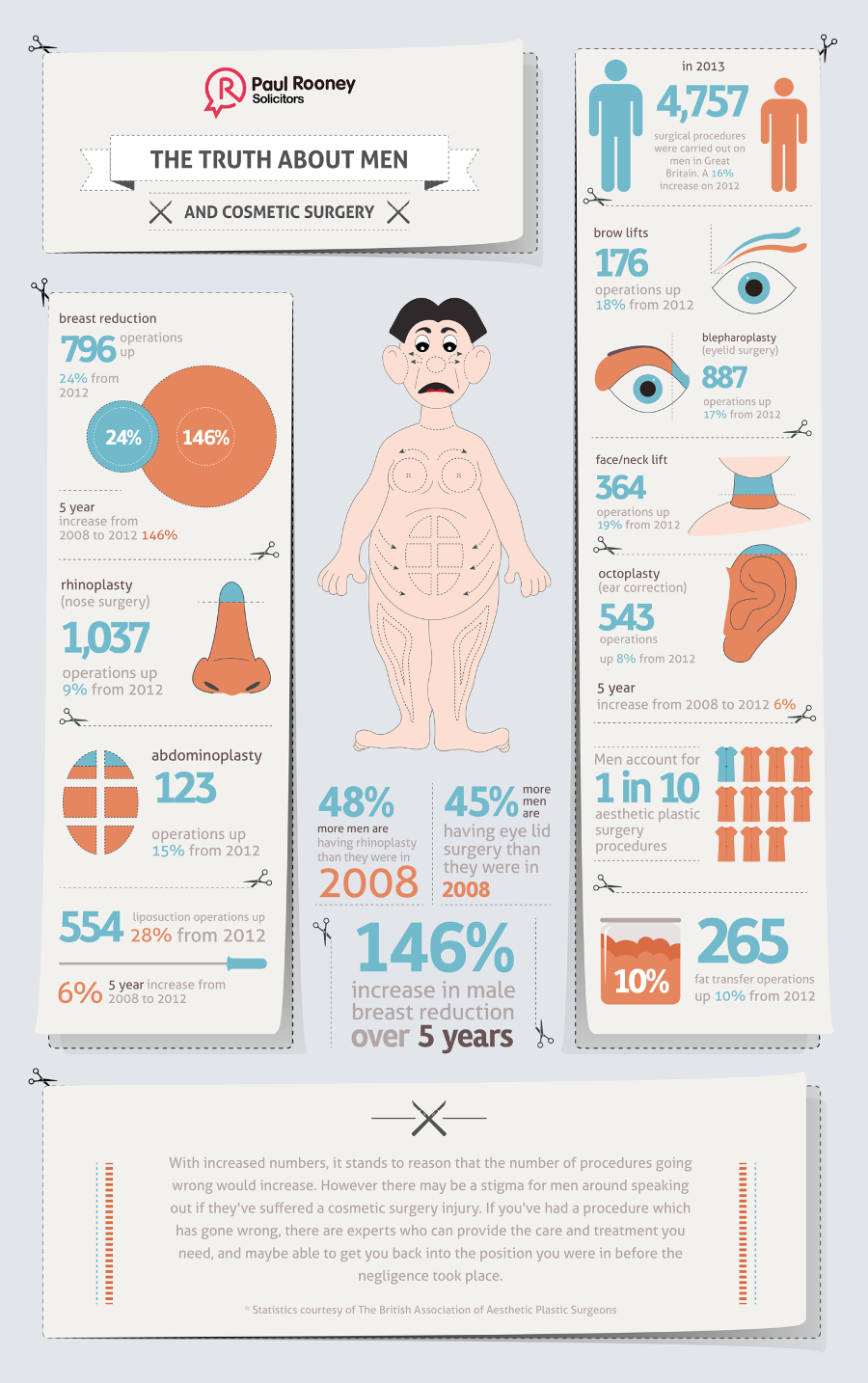Exercise And Acne What To Know
Exercise And Acne What To Know
Blog Article
Advantages and disadvantages of Laser Resurfacing
In the hands of a competent expert, laser resurfacing is a secure and efficient way to deal with scarring, creases, sun damages, and various other flaws. Choose an expert based upon their experience, training and certifications rather than merely the cost or brand of laser system.
Nonetheless, it is necessary to recognize the pros and cons of this cosmetic procedure.
Cost
Laser resurfacing can help diminish the appearance of age spots and sun damage, leaving the skin with a more even texture. It can likewise be utilized to treat scars and enlarged oil glands on the nose.
The cost of laser resurfacing varies widely, depending on the type of treatment and the location. Patients should always ask for a detailed breakdown of the costs prior to accepting the treatment. On top of that, several insurance policy providers do not cover the treatment, yet some might if it is regarded clinically needed. Additionally, financing choices are available through clinics and clinical bank card such as CareCredit. These alternatives can alleviate the problem of in advance expenses, but patients should meticulously assess the settlement terms prior to selecting a plan.
In general, laser resurfacing offers far better outcomes than chemical peels and dermabrasion. Nevertheless, it can not replace a facelift or neck lift. In addition, it is not a reliable therapy for loose skin, which requires surgery to tighten up.
Downtime
Although laser skin resurfacing can be a reliable treatment for wrinkles, acne scarring, and various other skin acnes, it needs significant downtime. However, the recuperation procedure is typically short and reasonably pain-free. The downtime is required because the laser disintegrate skin cells and boosts new growth. This causes smoother, tighter, and extra younger looking skin.
There are a number of laser resurfacing therapies readily available, and the very best one for your particular demands will certainly depend upon the type of skin trouble you wish to address. A professional skin care professional will certainly have the ability to identify the type of laser that would certainly work best for you.
If you choose a nonablative laser, you can anticipate little or no downtime. You may experience redness and swelling for a couple of days, but this can be minimized by using moisturizing lotion freely and taking ibuprofen as required. It is also vital to prevent unprotected sunlight exposure adhering to a laser therapy.
Side effects
The success of laser resurfacing relies on a number of factors, consisting of a knowledgeable and enlightened individual, a skilled medical professional and a proper postoperative recuperation regimen. Major issues can take place.
Typical mild adverse effects of laser skin resurfacing are soreness, itching and crusting. You might also experience light wounding and abrasions. If you have herpes simplex virus (HSV) and obtain a cold sore break out in the therapy area, your doctor might recommend antiviral medicine before and after your therapy session.
Akhavan compares the healing procedure to that of a paper cut, stating that it takes concerning a week for the wound to close and for the cells to begin generating new cells. He advises his individuals to avoid extreme cleansers during healing and rather utilize a mild, fragrance-free cleanser or sensitive skin formula. He additionally warns them to use sunscreen and lessen sun exposure. He recommends that clients obtain their treatments on a routine to make sure that they're not interrupted by a trip or other occasion.
Safety and security
Laser resurfacing is a very secure procedure in the hands of a skilled and knowledgeable supplier. However, in the hands of an inexperienced person or ultherapy a specialist making use of a sub-par laser platform, it can be excruciating and harmful.
Throughout laser therapy, the care group cleans the area and uses a numbing lotion. Then, the laser discharges short, high-intensity beams of light that ruin harmed external layers of skin. The laser also warms underlying skin, boosting collagen growth to enhance appearance and firmness.
The procedure can lower fine lines, age areas and irregular complexion in the majority of people. It can not deal with deep scars and sagging skin, nevertheless.
One of the most common adverse effects of laser resurfacing consist of redness and swelling (erythema). Other possible complications include hypopigmentation, skin eruptions and dermatitis, and herpes simplex or genital herpes outbreaks. Safety measures for herpes simplex consist of antiviral medication, such as valacyclovir or acyclovir, starting two days prior to therapy and continuing up until 7 to 10 days after therapy.